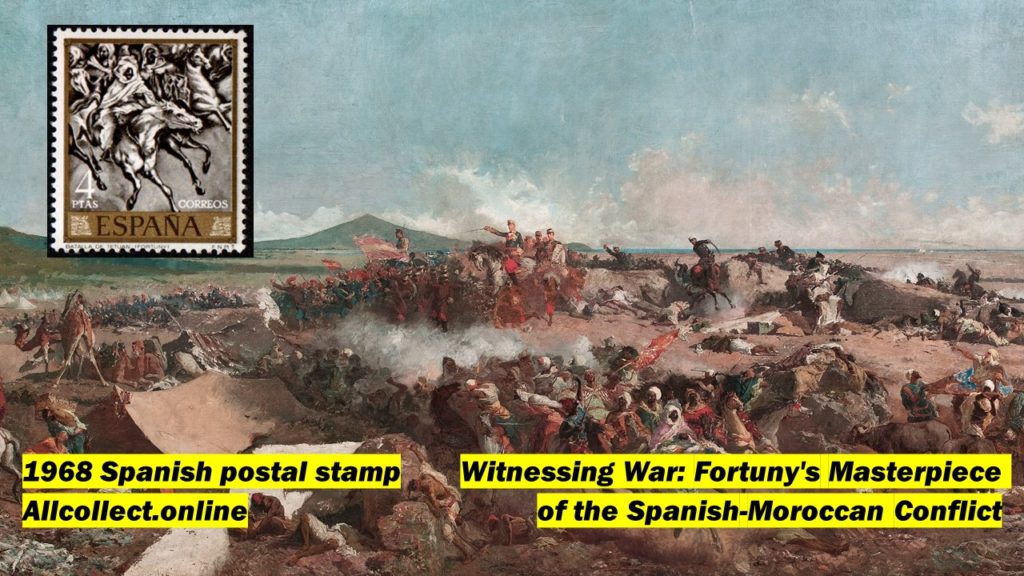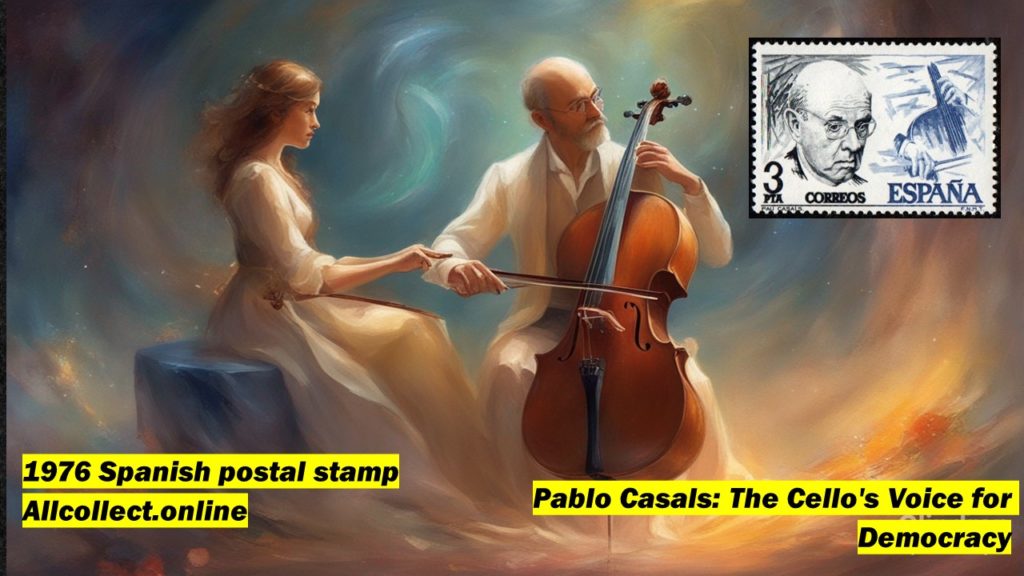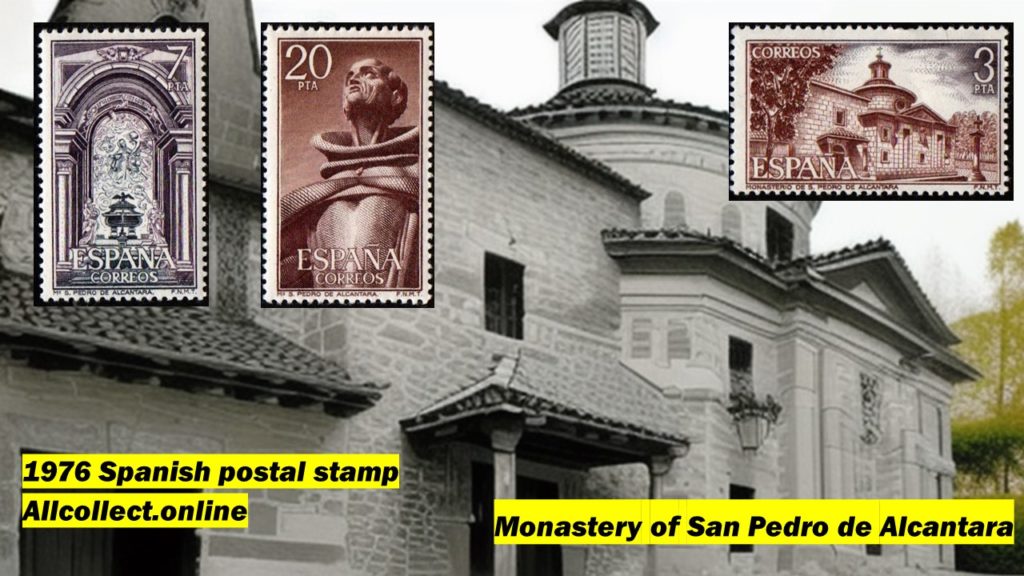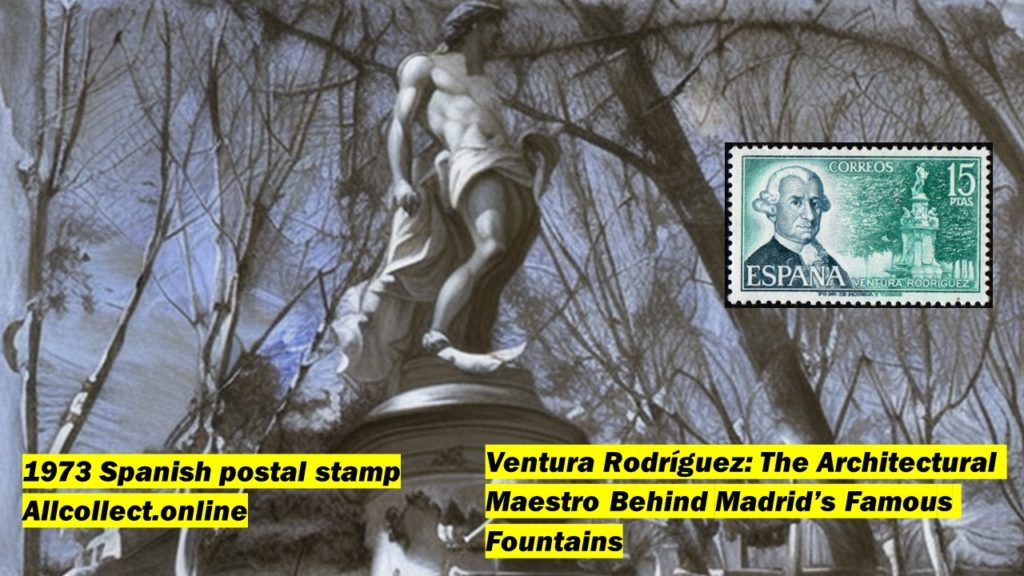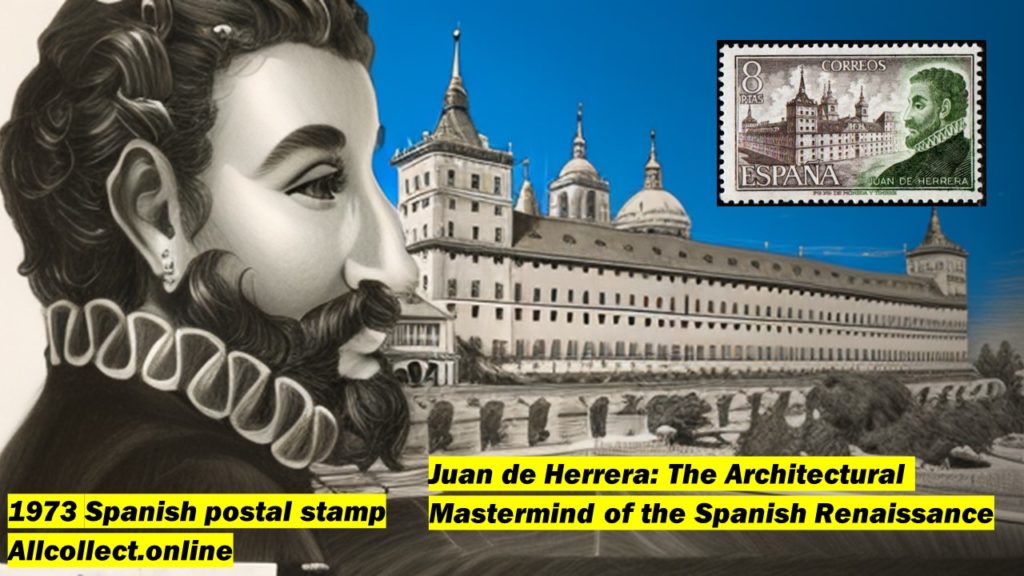Witnessing War: Fortuny’s Masterpiece of the Spanish-Moroccan Conflict
In this article, we delve into the life and artistry of Mariano Fortuny y Marsal, a prominent Spanish painter renowned for his intricate historical depictions. With a spotlight on his magnum opus, the ‘Battle of Tetuan,’ the piece explores the historical context of the Spanish-Moroccan War and Fortuny’s personal experiences during his travels to Morocco in 1860. Drawing connections between firsthand war observations and the meticulous details on the canvas, the article offers readers an immersive journey into Fortuny’s unparalleled ability to transform real-life events into evocative masterpieces.

